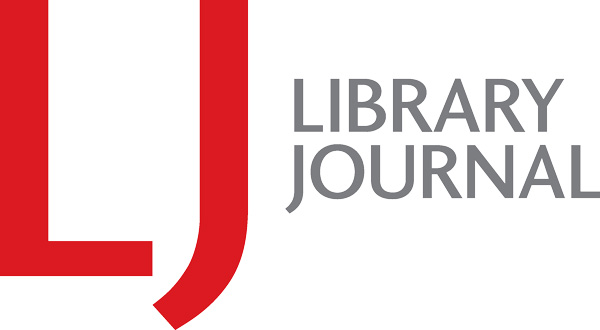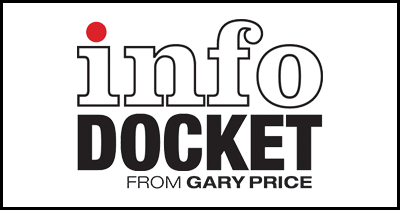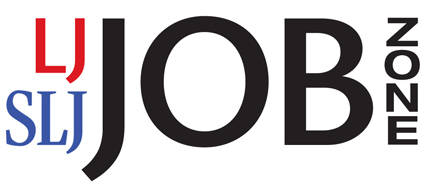New Report from EU: Electronic Clearance of Orphan Works Significantly Accelerates Mass Digitisation
Direct to Full Text Report: Seeking New Landscapes: A rights clearance study in the context of mass digitisation of 140 books published between 1870 and 2010’ (75 pages; PDF)
From Background and Highlights (via British Library)
The British Library, as part of the wider EU funded ARROW (Accessible Registries of Rights Information and Orphan Works) project, has today published a study into rights clearance and mass digitisation which examines the issue of orphan works – works for which the rights holder is untraceable.
‘Seeking New Landscapes: A rights clearance study in the context of mass digitisation of 140 books published between 1870 and 2010’ found that more efficient ways of clearing rights and providing cultural institutions with legal certainty over their activities are needed to ensure that highly valuable research materials don’t remain out of reach of the vast majority of citizens.
Key highlights of the report include:
- Whilst it could take 1,000 years for one person to clear the rights of just 500,000 books manually – equating to 4 hours per book – the use of the ARROW system would reduce this dramatically to less than 5 minutes per title to upload the catalogue records and check the results;
- Of the total number of potentially in-copyright works 43% were orphan works, equating to 31% of the total sample.
- The type of publisher had a large impact on whether works were orphaned, with self-published works accounting for 51% of all orphan works in the study;
- The decade which featured the most definitely in-copyright orphan works was the 1980s (50%) which demonstrated that although age may be a factor in whether a work becomes orphaned, even material from the recent past is clearly affected by this issue.
Through analysis of a representative set of titles published within the 140 years between 1870 and 2010, the study demonstrates a need for innovative solutions in relation to mass digitisation projects. The study found that manual rights clearance of works on an individual, item by item basis is unworkable in the context of mass digitisation which can potentially involve the copying and making available of millions of copyright works.
Examples of works that were part of the study included such titles as diverse as an illustrated children’s book from the 1920s, travel guides and local history material from throughout the 20th century, political pamphlets from the 1960s and 1970s and poetry and early ‘fan fiction’ from the 1980s.
Due to the complexities of identifying rights holders and clearing works the study found that it took an average of 4 hours research and clearance activity per book – with some works very quick to research and others taking significantly longer than 4 hours. At 4 hours per book it would take one researcher over 1,000 years to clear the rights of just 500,000 books – a drop in the ocean when compared to the rich collections of Europe’s cultural institutions. In contrast the use of the ARROW system would take less than 5 minutes per title to upload the catalogue records and check the results.
Direct to Full Text Report: Seeking New Landscapes: A rights clearance study in the context of mass digitisation of 140 books published between 1870 and 2010’ (75 pages; PDF)
Filed under: Libraries, Publishing, Resources
About Gary Price
Gary Price (gprice@gmail.com) is a librarian, writer, consultant, and frequent conference speaker based in the Washington D.C. metro area. He earned his MLIS degree from Wayne State University in Detroit. Price has won several awards including the SLA Innovations in Technology Award and Alumnus of the Year from the Wayne St. University Library and Information Science Program. From 2006-2009 he was Director of Online Information Services at Ask.com.


